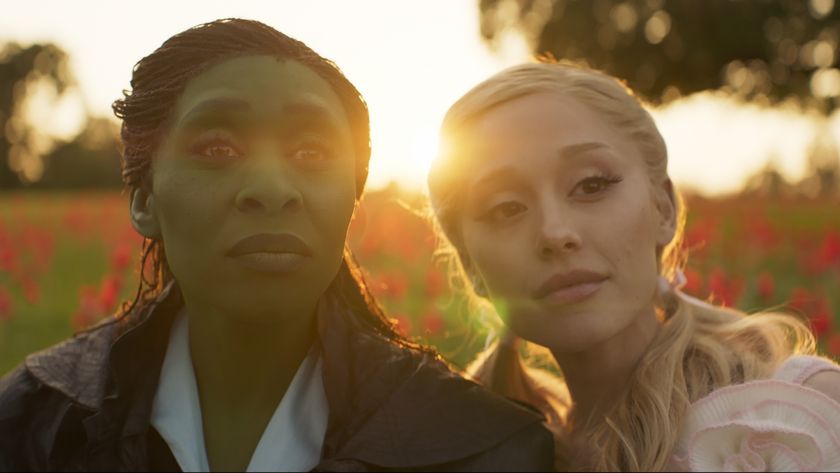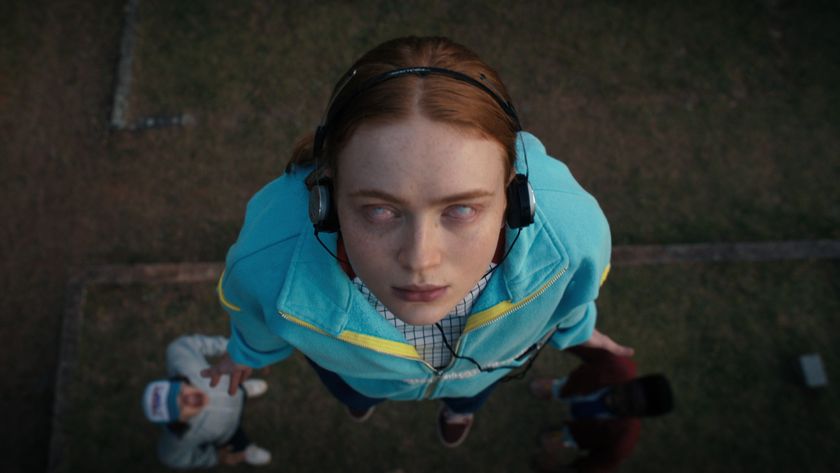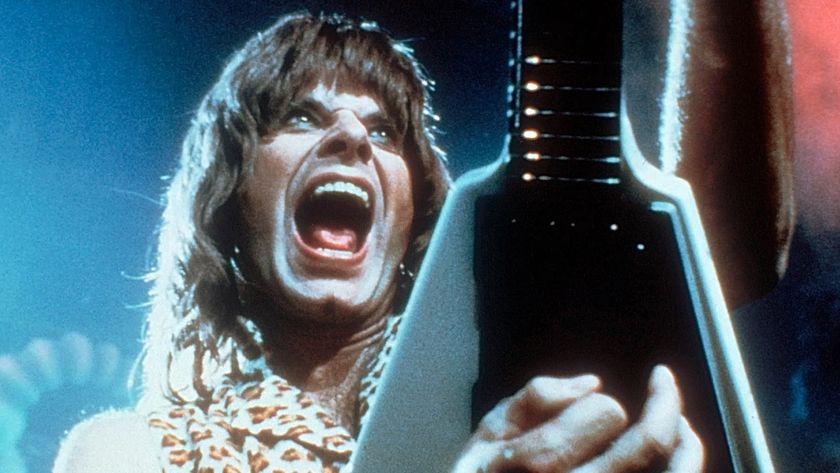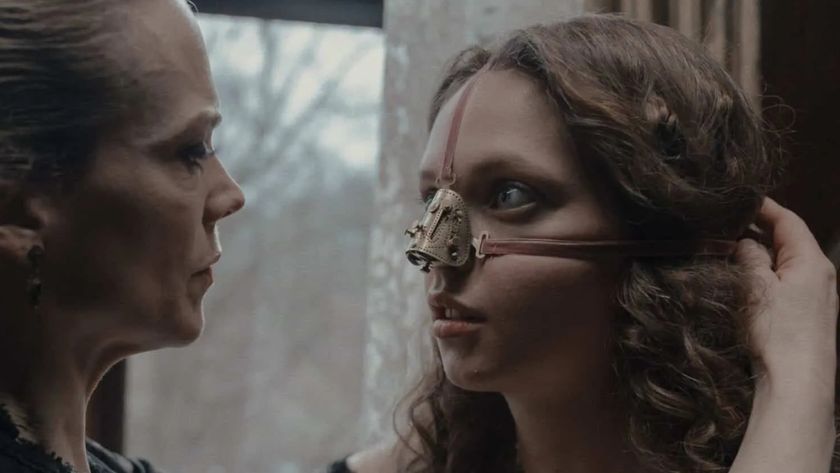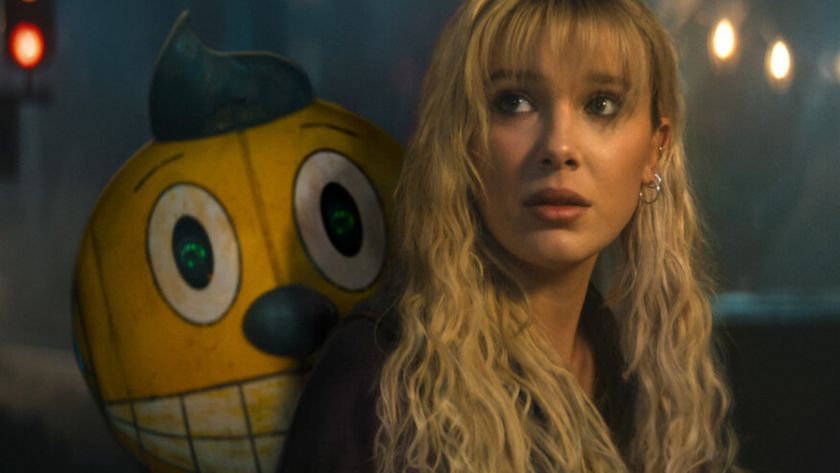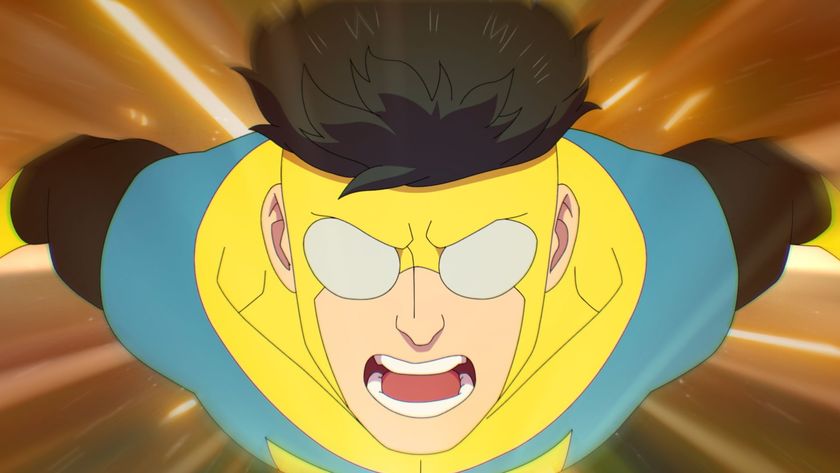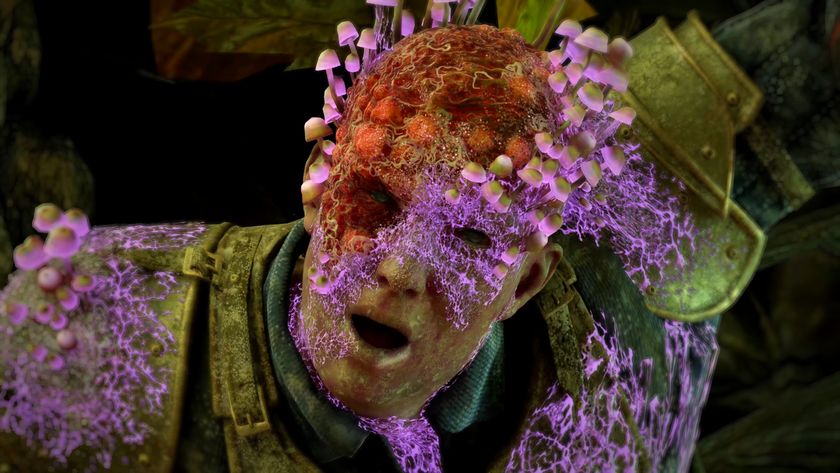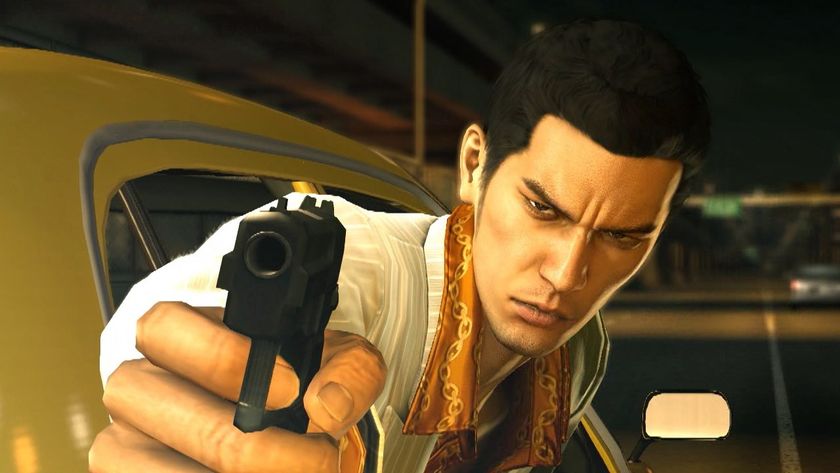Is It Just Me... Or Should People Stop Moaning About 3D?
Pointless and over-priced or the glorious evolution of cinema?
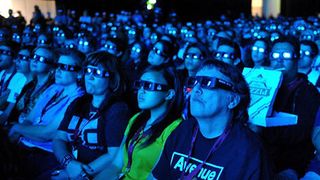
Just go online and search the words ‘3D’ and ‘crap’ – it’s clear that if the jury went out after James Cameron’s Avatar rebooted the 3D machine, it returned with a resounding “No thanks, this sucks.”
True, the last few years have seen their fair share of stereoscopic offenders. But for every Piranha 3D , there’s been a Prometheus ; for every Clash Of The Titans , a Toy Story 3 .
Donning a pair of 3D specs has transformed these films from being merely sumptuous pictures into rich, tangible worlds that we’re not just peering at, but part of.
OK, so there will always be films in which 3D is used in a gimmicky way to send objects whizzing out of the screen into the audience’s laps.
But the ‘gimmick’ has grown up; we’ve reached a point where 3D set-ups can be skillfully composed for depth and realism. And yet it’s still dismissed by cinemagoers like an unloved child.
But now we’ve seen what it can do, it’s impossible to ignore.
Three years on, Avatar may now seem like a tired archetype, but it remains a perfect example of a film I now refuse to give a second look in 2D. It’s just not the same.
Once you’ve been immersed in the forests of Pandora, the smoky Paris train station of Hugo , the stop- motion alterna-world of Coraline , revisiting them in two dimensions feels cold, distant and flat.
“But it’s a studio scheme to rob our pockets!” you cry. Similar was said about Technicolor in the 1930s, yet it served the same purpose – bringing the viewer closer to the art.
Roger Ebert hates 3D? Then I demand he bins every colour film he owns this instant, else be accessory to the crimes of progress he’s so quick to condemn.
Yes, Hollywood is still at the teething stage with the medium, but given the space to breathe, the results will flourish.
Peter Jackson’s decision to lense The Hobbit at a game-changing 48 frames per second goes hand in hand with fulfilling 3D’s potential.
“It looks more lifelike and is much easier to watch,” Jacko says of 48fps. “Especially in 3D.”
But he’s hardly the only one pushing the agenda. Scorsese, Spielberg, Ridley Scott... one by one, the big names are pledging the future to 3D, which surely tells you something.
Hell, Hugo would’ve had half the impact if it hadn’t been stereoscopic; the fact that Marty chose to present his ode to cinema in 3D spoke volumes about its future.
But never mind tomorrow: 3D is what cinema needs right now.
At a time when piracy and on-demand services are threatening the art of quality cinemagoing, 3D is putting bums on seats.
Not to mention that it’s given a new generation a chance to see classics revived on the big screen, and for others to relive them from a whole new perspective.
For me, that’s worth the ticket price alone. The sooner we accept that progress is good, the better.
The future of cinema belongs to 3D and its champions, and that can only be a good thing. Or is it just me?
Sign up for the Total Film Newsletter
Bringing all the latest movie news, features, and reviews to your inbox
